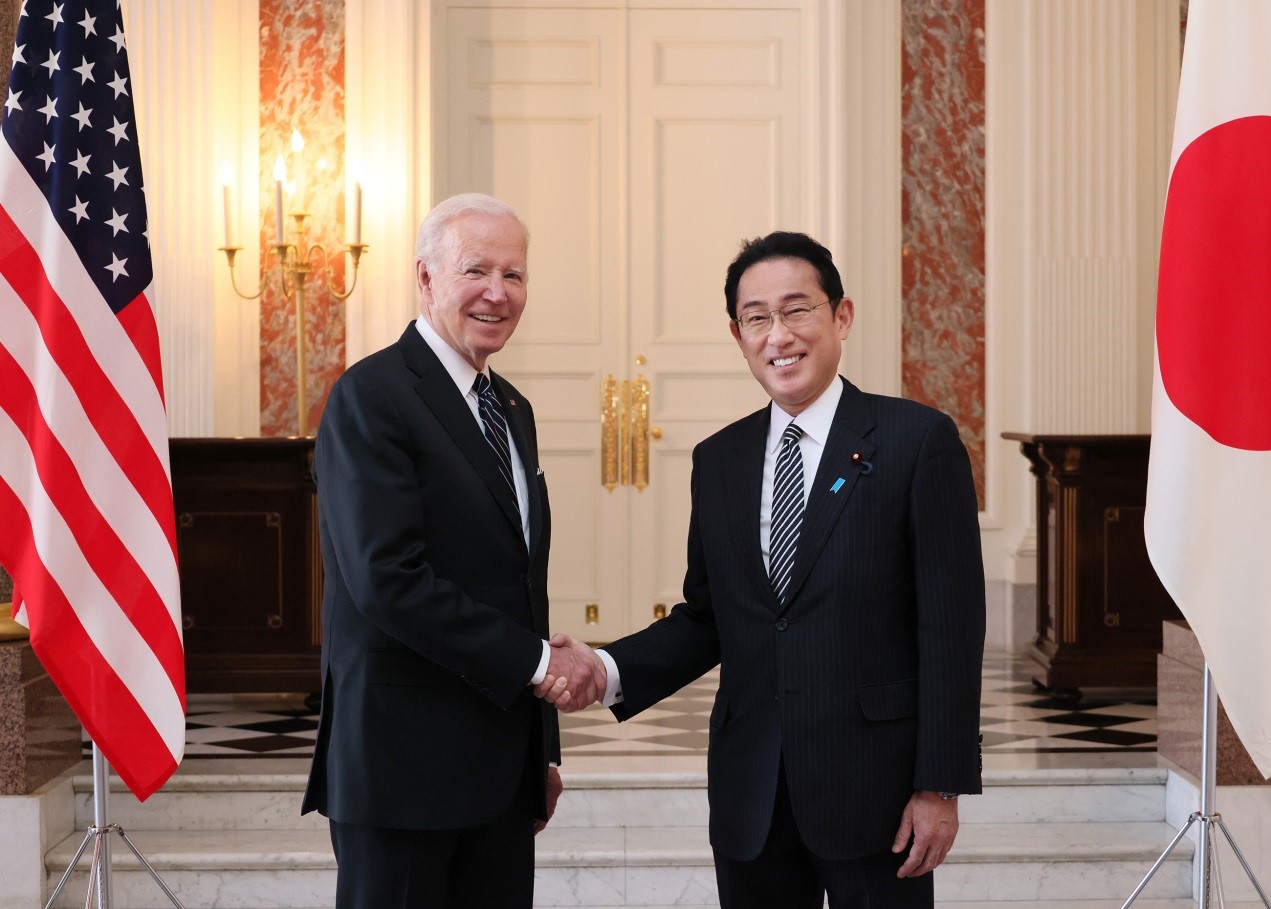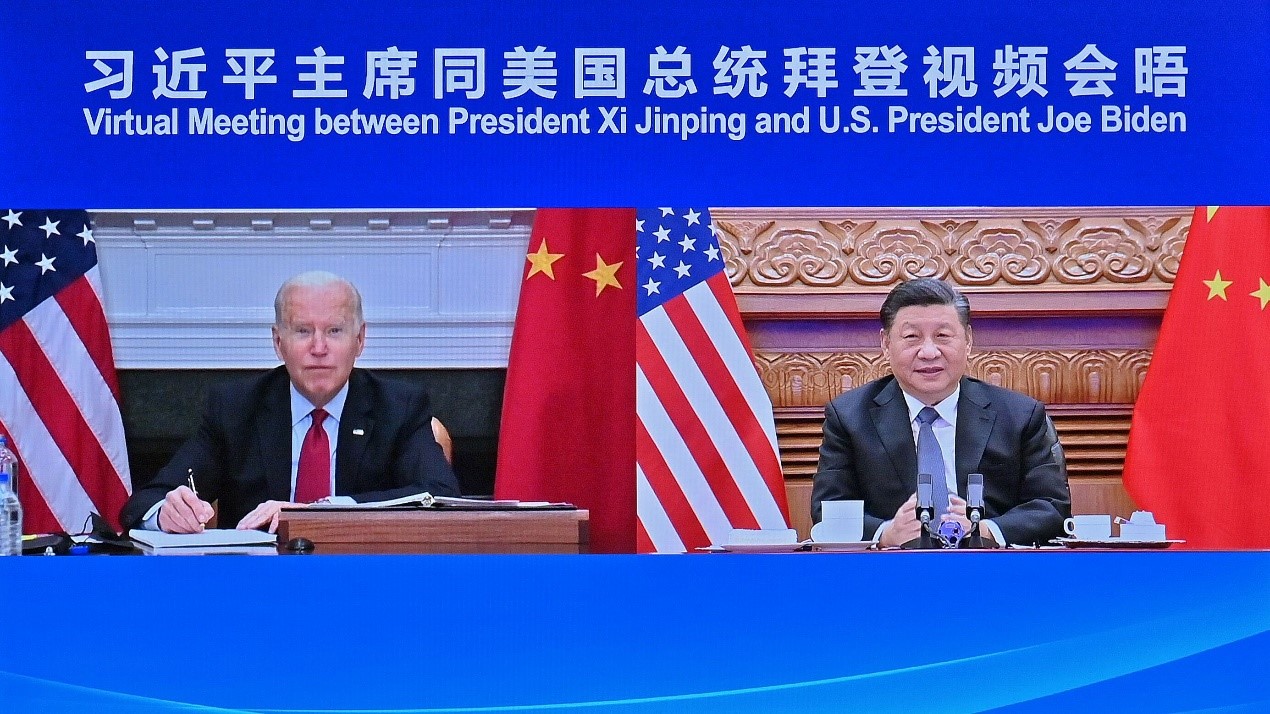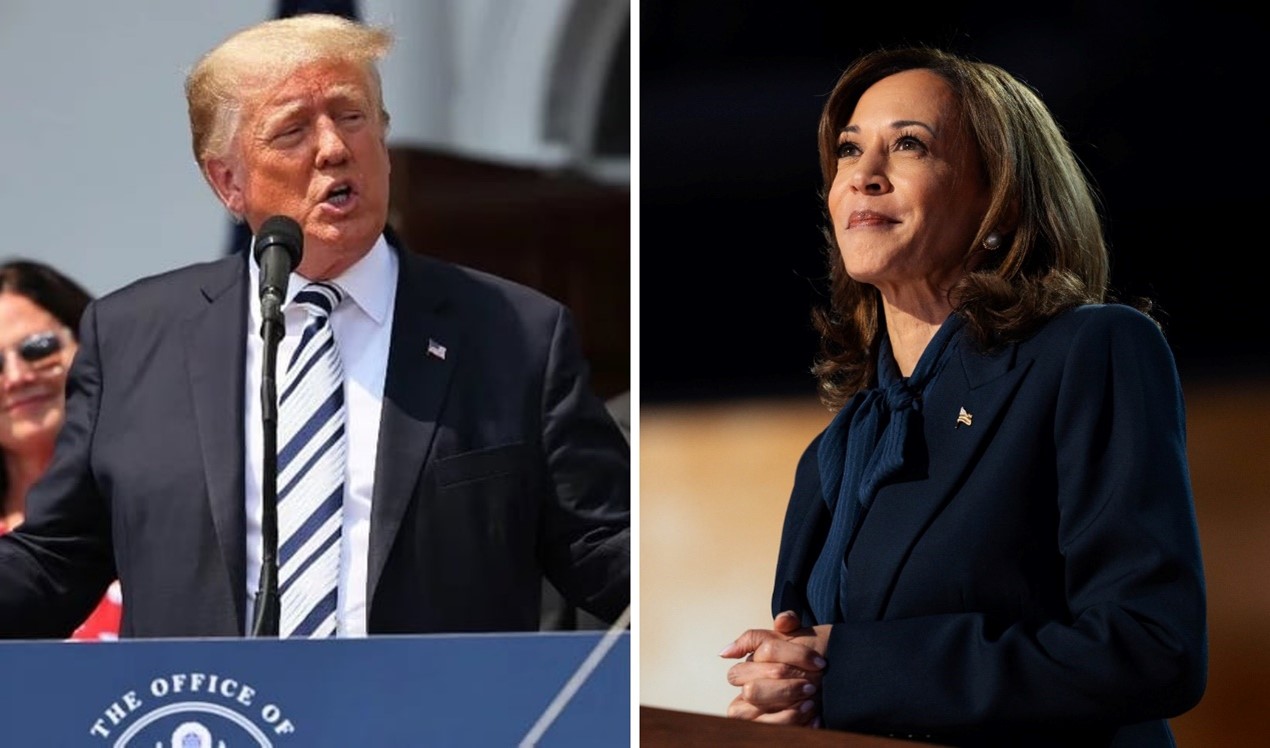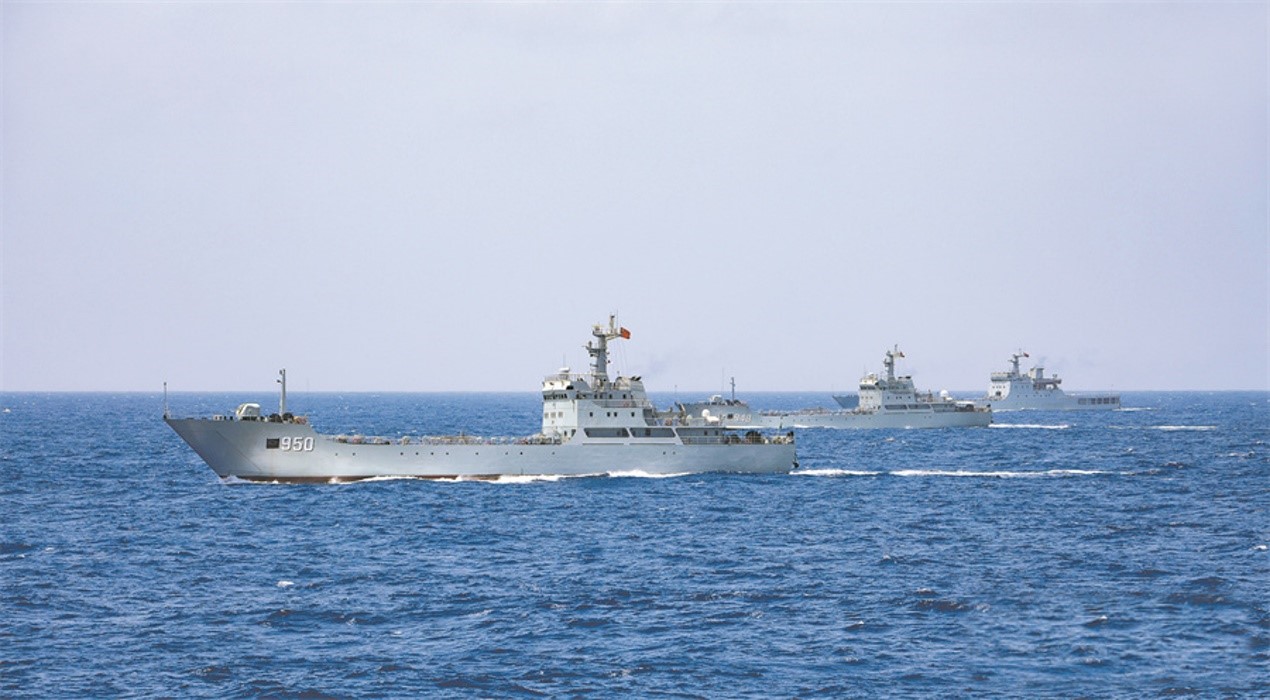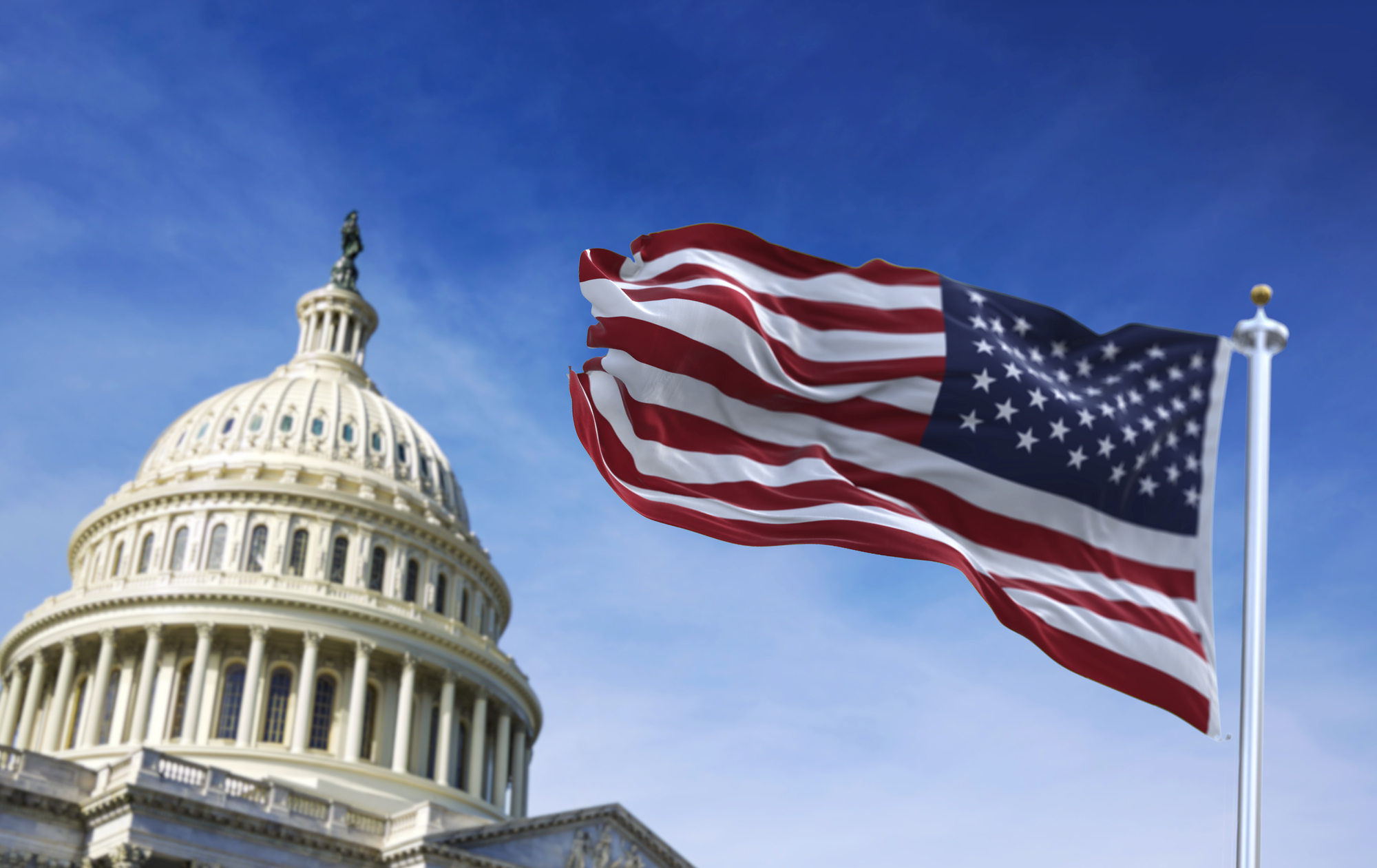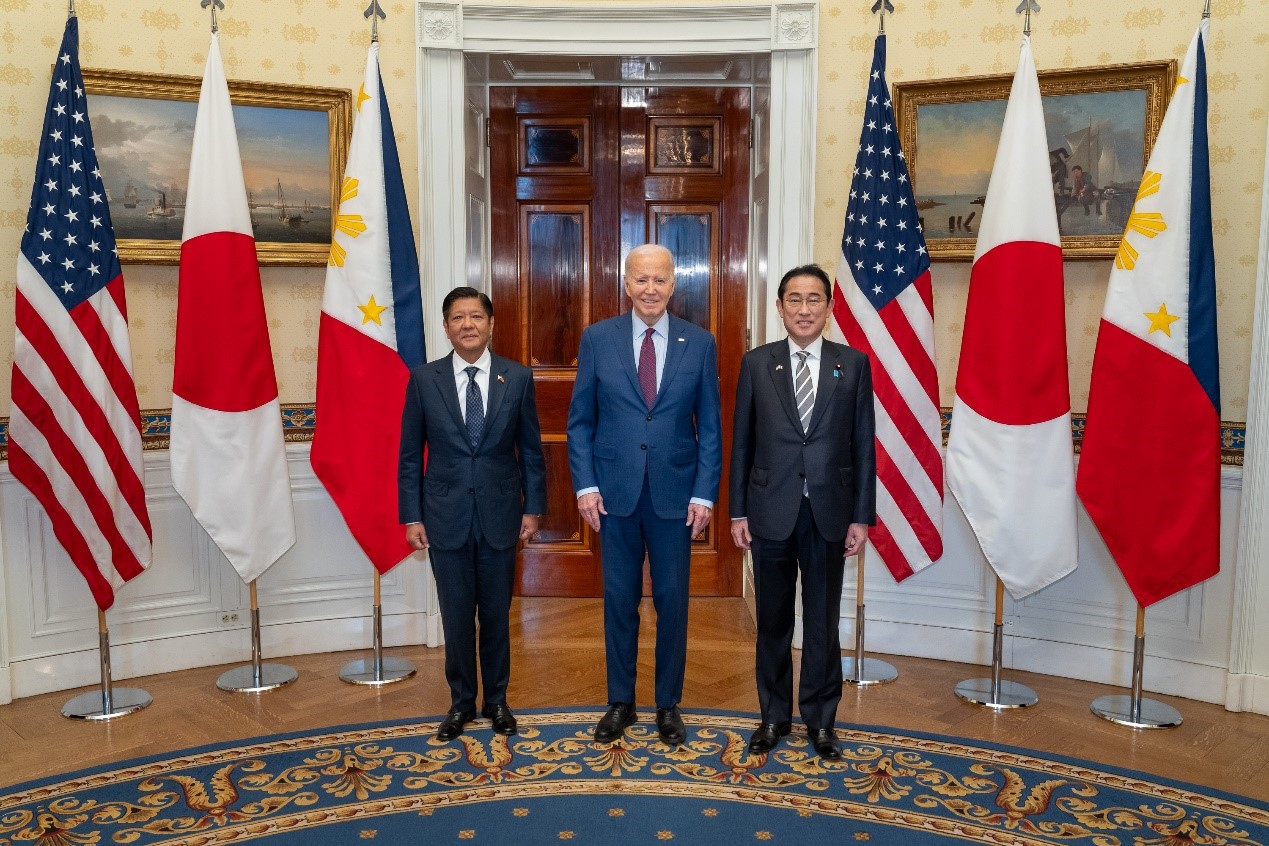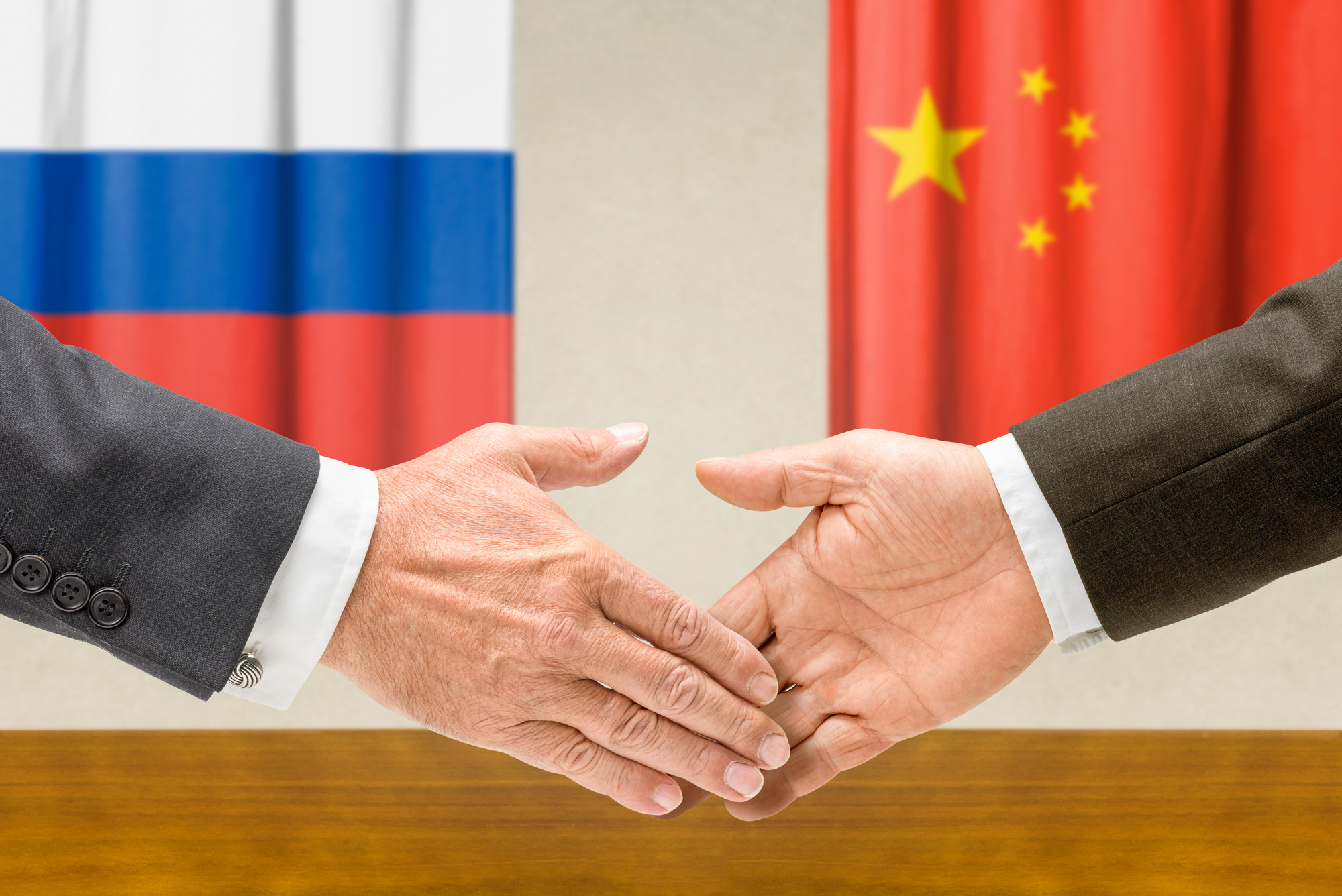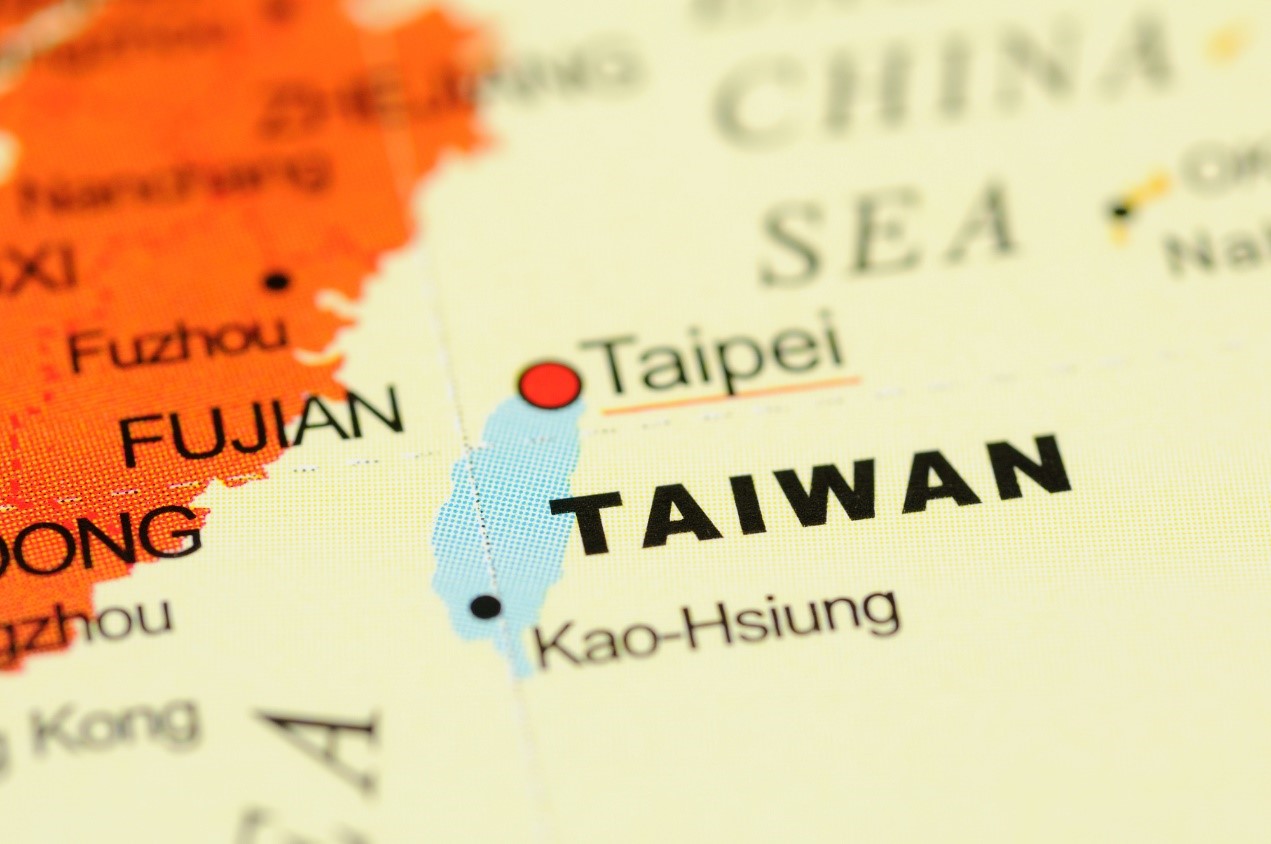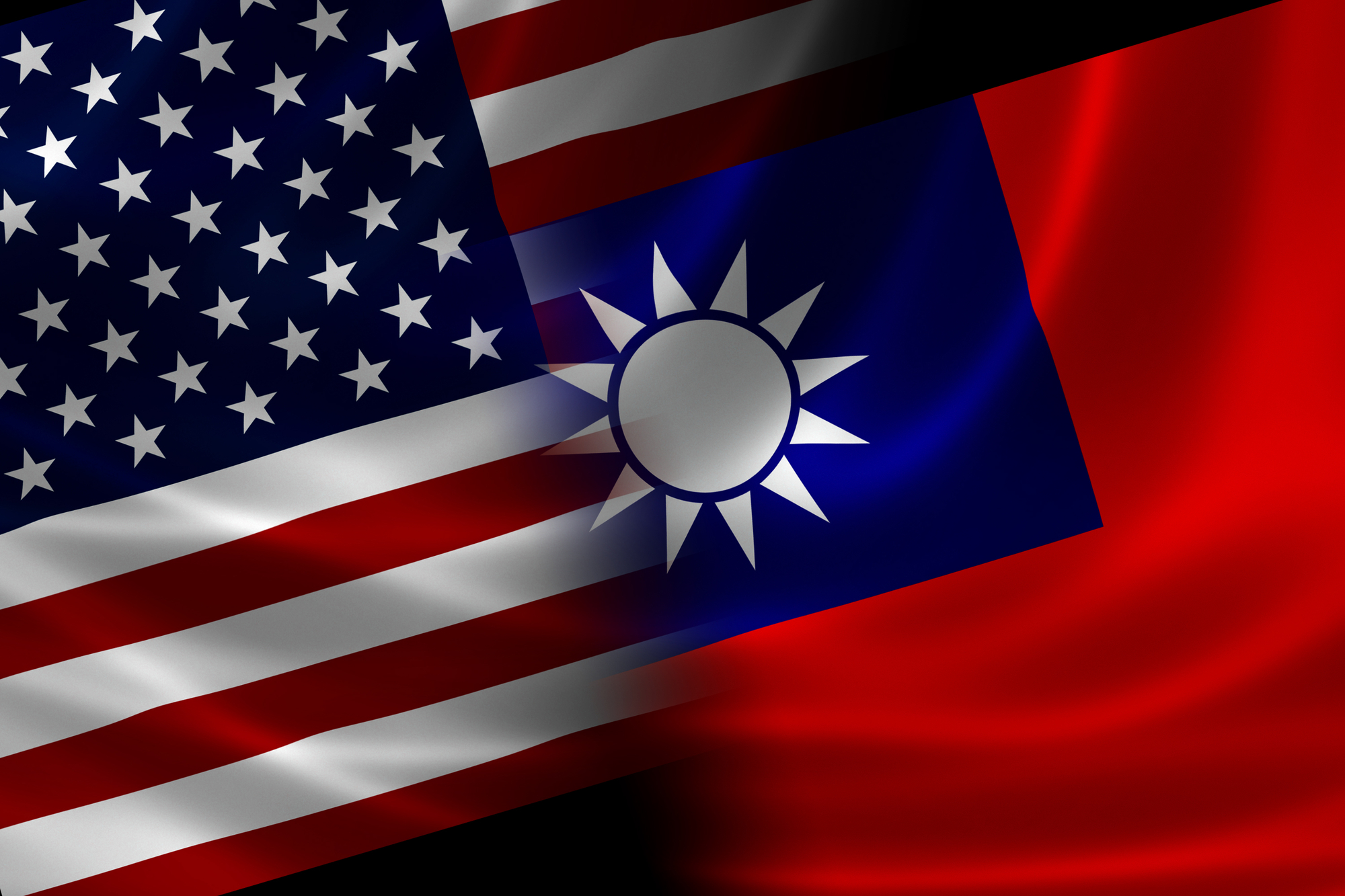The U.S. used this trip to extend and confirm a policy of competition with China while pulling allies and partners together. It is clear that, even after a major international development like Russia’s war on Ukraine, the U.S. has not fundamentally altered its grand strategy. Instead, the U.S. continues to send clear signals that China is and will be the focus of its foreign policy in the future.Picture source: Ministry of Foreign Affairs of Japan, May 23, 2022, Ministry of Foreign Affairs of Japan, https://www.mofa.go.jp/na/na1/us/page4e_001261.html.
Prospects & Perspectives 2022 No. 32
Biden’s Asia Trip and Implications for Indo-Pacific Cooperation
By Fang-yu Chen & Charles K. S. Wu
June 9, 2022
U.S. President Joe Biden recently concluded his first trip to Asia since his inauguration, with stops in South Korea and Japan. Biden’s trip coincided with Secretary of State Antony Blinken’s speech on May 26, which provided the backdrop for Biden’s policy actions in Asia. This paper analyzes the impact of President Biden’s trip on Sino-U.S. relations, with emphasis on critical issues and policy formulations, including strengthening of the QUAD, the recently announced Indo-Pacific Economic Framework (IPEF) and the discussion sparked by Biden’s comments to defend Taiwan if China invades.
In a nutshell, the U.S. used this trip to extend and confirm a policy of competition with China while pulling allies and partners together. For instance, the IPEF is a clear response to China’s Belt and Road Initiative (BRI) by pursuing economic integration and investment plans among likeminded partners. At the same time, on issues of cross-Strait relations, the U.S. has endeavored to “internationalize” the conflict by including more stakeholders. It is clear that, even after a major international development like Russia’s war on Ukraine, the U.S. has not fundamentally altered its grand strategy. Instead, the U.S. continues to send clear signals that China is and will be the focus of its foreign policy in the future.
U.S. Perceptions of China: Major Competitor and Challenger
Since his first foreign policy speech on February 5, 2021, President Biden has thrown down the gauntlet to uphold democratic values against authoritarian ones, and curb the ambitions of China and Russia. Prior to embarking on his visit to Asia, Biden stressed on his Twitter account that he intends to work “with fellow democracies to help shape the rules of the road for the 21st century” by “strengthening vital security alliances, deepening our economic partnerships.”
Blinken’s speech also clearly labeled China as the “most serious long-term challenge to the international order” and the only country that has the ability and intention to change the current international order. In response, the U.S. relies on three key words — invest, align and compete — to invest in basic infrastructure and align with allies to compete with China. In short, multilateralism has been a hallmark of Biden’s foreign policy doctrine.
New Security Institutions in the Asia-Pacific
In terms of strengthening ties with allies, the U.S. is relying on several new initiatives such as Indo-Pacific Economic Framework, a closer relationship with ASEAN, and consolidating the QUAD.
In the current globalized context, competition among great powers does not have the same shape as it did during the Cold War. Instead, it is manifested in multilateralism with allies. The IPEF is a product of this mindset, and its components, such as creating new supply chains, especially in the technology industry, buttress this principle.
The first goal of creating supply chain resiliency is to reduce dependence on China, which is also the key factor for greater leverage in the competition. Second, IPEF’s goal of creating standards for the digital economy and technology is to rectify the lopsided market system that China promoted. The goal will also fend off intellectual theft and protection of intellectual property. Third, U.S. investment in infrastructure is a clear effort to match China’s BRI. The purpose of the new economic framework is to build a new economic network based on democratic economies, as it will be more able to compete with China for years to come.
In addition to the IPEF, the QUAD summit meeting also announced the creation of the Indo-Pacific Partnership for Maritime Domain Awareness (IPMDA). This new initiative aims to crack down on illegal fishing and elevate regional maritime security. A new maritime safety system based on satellites connected to monitoring centers in Singapore and Indonesia will integrate countries in the Pacific Islands, Southeast Asia, and the Indian Ocean region to monitor “dark shipping” — vessels that turn off their identification systems to avoid detection — and other “tactical activities.” Once again, this initiative is clearly targeting China, which is responsible for the bulk of illegal fishing and intrusions into other countries’ exclusive economic zones in the areas covered by this initiative.
The United States and Cross-Strait Relations
Biden’s recent trip was unusual in the signals it sent about a potential conflict in the Taiwan Strait. Since last March, the U.S. has been vocal about its concerns over the Taiwan Strait and made several declarations with partners including South Korea, Japan, Australia, and members of the G7. This is a fundamental change of policy and is often regarded by experts as the “internationalization” of the Taiwan conflict. During the press conference following his summit with Japanese Prime Minister Fumio Kishida on May 23, President Biden’s response to a reporter caught worldwide attention. When a reporter asked if the U.S. would intervene militarily if China attacked Taiwan, Biden gave an affirmative “yes.” When asked to clarify, he said “That’s the commitment we made.”
This was the third time President Biden mentioned a U.S. military commitment to Taiwan. This time, Biden’s comment was made at an international event. The fact that the comment was made in Japan, a country that is geographically close to China, was highly symbolic, signaling that the U.S. would want Japan to help the U.S. honor such a commitment. Judging from the response from Japan, the country is willing and considering fundamental changes to its military doctrine and posture.
As usual, U.S. officials were quick to clarify that there had been no fundamental policy change toward Taiwan. But for Japan and China, President Biden’s comments could mean a sea change in U.S. thinking about Taiwan. In the subsequent Blinken’s speech, he mentioned a section of the Taiwan Relations Act (TRA) which was rarely mentioned before by officials, which states that the U.S. would “maintain our capacity to resist any resort to force or other forms of coercion that would jeopardize the security or the social or economic system, of Taiwan.” Although it is clear that the U.S. has not and probably will not make clear what form that involvement would take, it appears that U.S. policy toward Taiwan is inching away from strategic ambiguity toward greater clarity. President Biden’s speech sent a clear message to China: U.S. policy in the region toward China has become less ambiguous and more strategic.
Implications for the U.S.-Taiwan-China Relations
The U.S. has abandoned hollow words such as “competition” and “cooperation” when referring to Sino-U.S. relations. Instead, it now regards China as a challenger to American hegemony and the liberal international order, and aims for more fine-tuned and comprehensive ways to respond. Since China’s ambitions do not align with the current rules-based order, the U.S. has to build a web of defense against China. The web will be constructed based upon the pillars of security and economy. Although Blinken denies that U.S. actions are sparking a new Cold War, in many ways U.S. policy is quite clearly heading in that direction.
For now, it is clear that a U.S. strategic blueprint has taken form. President Biden’s core strategy is to use multilateralism to cajole allies into containing China. China’s behavior has also helped the Biden administration win support for this policy. In recent years, China’s “wolf warrior” diplomacy and unapologetic support for Russia has antagonized many countries, effectively pushing many countries, especially in Europe, to join ranks with the U.S. and Ukraine in both security and economic cooperation. President Biden’s trip occurred at an opportune time for the administration to share its game plan for the next several years.
With regards to Taiwan, although Blinken was rehashing the same consensus on cross-Strait relations, he seemed to have found a new way to justify President Biden’s seemingly unplanned comments on U.S. commitments to Taiwan. Blinked cited specific passages in the TRA to indicate that the U.S. could actually “protect” Taiwan if China invaded. This interpretation seems to transcend the most conventional wisdom of the Act, and clearly shows that the U.S. intends to send clearer signals to China, with the hope that China will change its calculations and plans toward Taiwan. Taiwan, on the other hand, should keep seeking more supports from partners and institutions in the Indo-Pacific, and continue to strengthen its self-defense capabilities.
(Dr. Chen is Assistant Professor of Political Science, Soochow University, Taiwan; Dr. Wu is Assistant Professor of Political Science, University of South Alabama)



